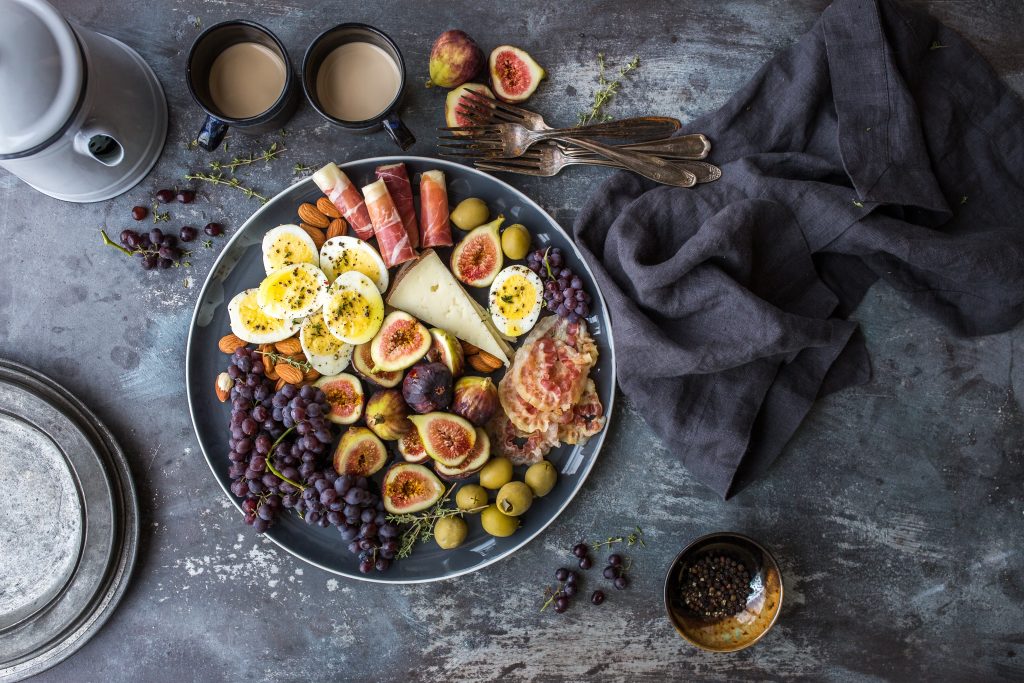
Grazing tables. Bone broth. If these buzzwords sound familiar to you then you might have been following food trends that were popular in 2019. Every other year we make predictions on what will be on trend, from fine dining to fine casual. From the rise of the flexitarian diet to the rising interest in seacuterie, we’ll take a gander on what will be in, what we think will be in in 2 years, what we want to see and opinions from industry veterans.
As the dawn of 2020 comes people have become more global citizens than ever before, resulting in an ever-increasing demand in globalised cuisine. Today, people have become more acquainted with uncommon ingredients from their local cuisine, such as potatoes from Peru to being able to discern between fresh tuna and aged tuna. The rise of plant-based protein has also developed much quicker than before, and more interestingly, the birth of the flexitarian diet. In the past, you would see people predicting the rice of certain cuisines, but today, it’s more of the amalgamation that gourmands seek.
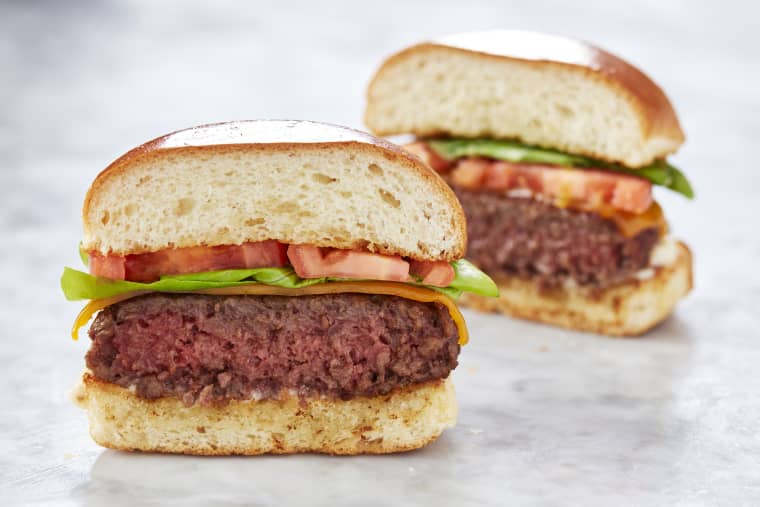
TRENDS WE THINK WE WILL SEE
Plant Based Meats 2.0
Plant-based diets have been on the rise for a couple of years now, but we are entering an age where plant derived proteins have taken a whole new face. Gone are the days of Quorn with the rise of the Impossible Foods, who are able to make plant based minced beef, pork sausages and burgers, even with oozing beetroot blood from the patties. These impossible meat products are highly packed with nutrition and tastes very similar to actual meat.
Savoury Ice Creams
In 2020 we expect to see this used to be dessert get turned up on its head. Chefs are starting to create dishes that serve ice creams as appetisers as part of their degustation menu. We have seen crab ice cream and wagyu carpaccio-wrapped smoked eel ice cream on Malaysian menus, so we feel there will only be more to come.
Flexitarian Diet
The flexitarian diet consists of a diet that is mostly vegetarian or vegan, but also encompasses meat in smaller amounts. This diet is also known as a more plant-based diet, in which the consumption of meat not completely removed, but just minimised. We are starting to see this in parts of Californian cuisine where blended meat patties are produced, where you can get a ratio of 60% meat to 40% mushrooms, or vice versa. Many who choose this option does so for health reasons, to both reduce meat protein and to increase fibre intake.
Luxurious Hot Pot
With the rise of Chinese chains like Hai Di Lao, we expect to see more and more luxurious hot pot restaurants populate the globe. This trend has started to take off globally with ingredients getting more and more luxurious as queues in London reach up to 2 hours. From truffle based mushroom soup bases to spicy mala tomato broth, you now are able to have a hot pot of that stature with a serving of Kagoshima A5 wagyu slices. We predict Alaskan king crab will be the new highly recommended dish on these menus.
Zero Waste
Many supermarkets have move towards this by not using plastic bags, with some charging for them. Restaurants have also followed suit with some creating dishes around discarded bits of ingredients. We speculate that restaurants will encourage customers to bring their own containers or tiffin carriers for takeaways. We also predict that brands for alcohol and drinks might start reusable bottle programmes to incentivise people to reuse their bottles, which we already see with many cafés giving discounts if you bring your own tumbler.
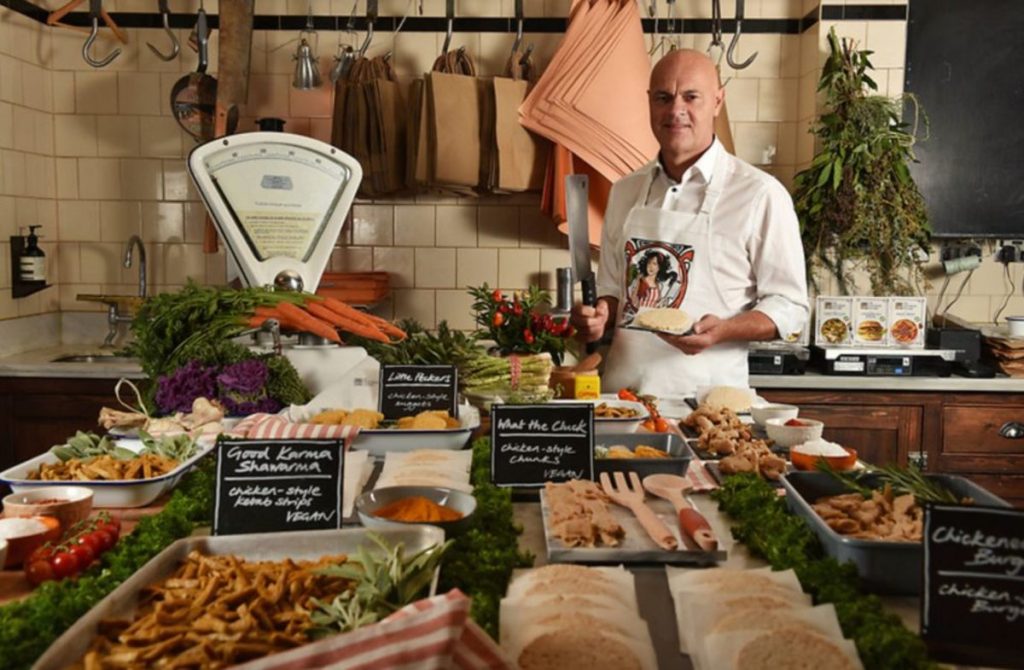
TRENDS WE THINK WE WILL SEE IN 2 YEARS
Vegetarian Butchers
As plant-based meat starts coming into the mainstream, we will see the birth of vegetarian butchers. These are butchers that specialise in vegetarian and vegan meats, where it will be common to get a completely plant-based charcuterie board with plant-based meats and cheeses. There will be a time where it will be common to pick up a chain of plant-based lamb sausages with your good karma shawarma.
Flavour Over Fat
For the longest time people have been indulging in Kobe beef and Kagoshima wagyu, but we sense a trend that has not yet picked up in the mainstream, flavour over fat. We predict that as people get palate fatigue from the high fat wagyu, people will veer more towards flavourful cuts such as the Argentinian grass-fed Angus. However, this will not happen in the near future, but maybe given a bit of time.
Alternative Syrups
The demand for alternative syrups will increase in good time as people lean towards staying away from simple sugar syrup. We expect to see the rise of items such as date syrup and agave used more in culinary. Debatable as to the minor health benefits these alternative sugars offer, only time will tell.
Hyper Regionality Cuisine
Hyper regionality cuisine is becoming more apparent as people become better travel eaters. Although not immediately obvious, most Malaysian restaurants outside of Malaysia are restaurants serving Penang cuisine. We already see the rise of the Uyghur Xinjiang cuisine in many countries, but we expect there will be more specialised restaurants, for example, serving Isan cuisine from Thailand or Oaxacan cuisine from Mexico.
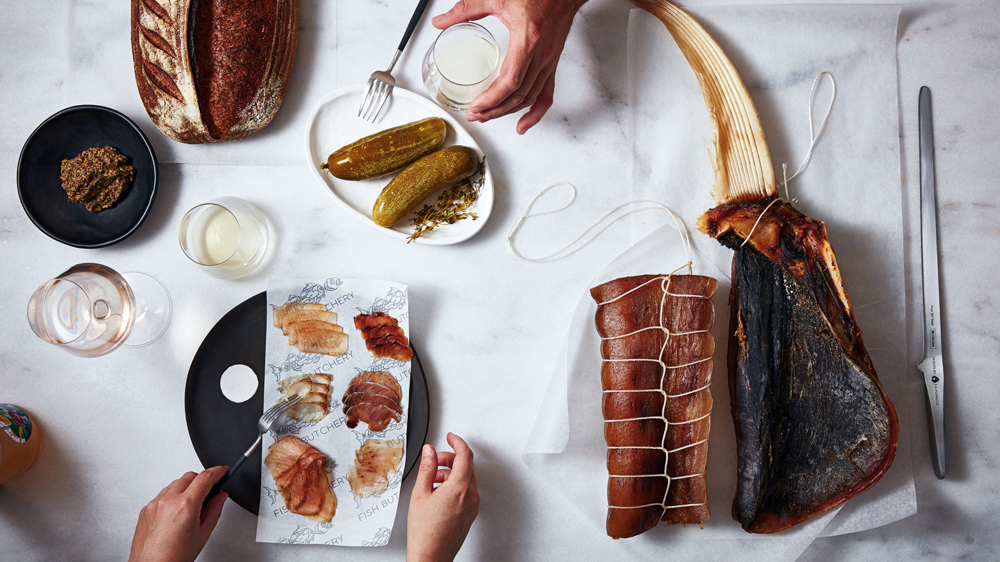
TRENDS WE WANT TO SEE
Seacuterie
The idea of a seafood-based charcuterie is not uncommon in Asian cuisine, which is commonly seen with dried oysters, squid and scallops. However, we are talking about the curing process using western techniques, such as that by Josh Niland of Saint Peter Sydney, which include serving fish hearts to livers. We think this will pick up in the not so near future as more chefs learn techniques as such.
Brussels Sprouts
We believe that the consumption of brussels sprouts consumed out of Christmas will increase, and this very vitamin potent and delicious vegetable comes into the lime light. The humble meatball shaped green will be seen on more menus as they make a comeback as people will request for it more and more.
Hyper Seasonality Cuisine
We expect to see a better adjustment to our current changing climate, and therefore we feel hyper seasonality cuisine will be adapted. This is where ingredients used may only be in season for as short as 1 to 2 months. For example, once tomatoes stop being in season, they will be taken off the menu and be replaced with something more in season. Short bursts with the best produces. The cocktail bar Hope and Sesame in Guangzhou does just this.
Cross Cultural Cuisine Collaborations
We want to see more cross-cultural collaborations between unexpected cuisine types, for example, crossing Mexican with Malaysian or Korean with Indian. With the usual suspects of cuisines that have been taking the spotlight over the past years, it would be interesting to see combinations that we’ve not seen before.
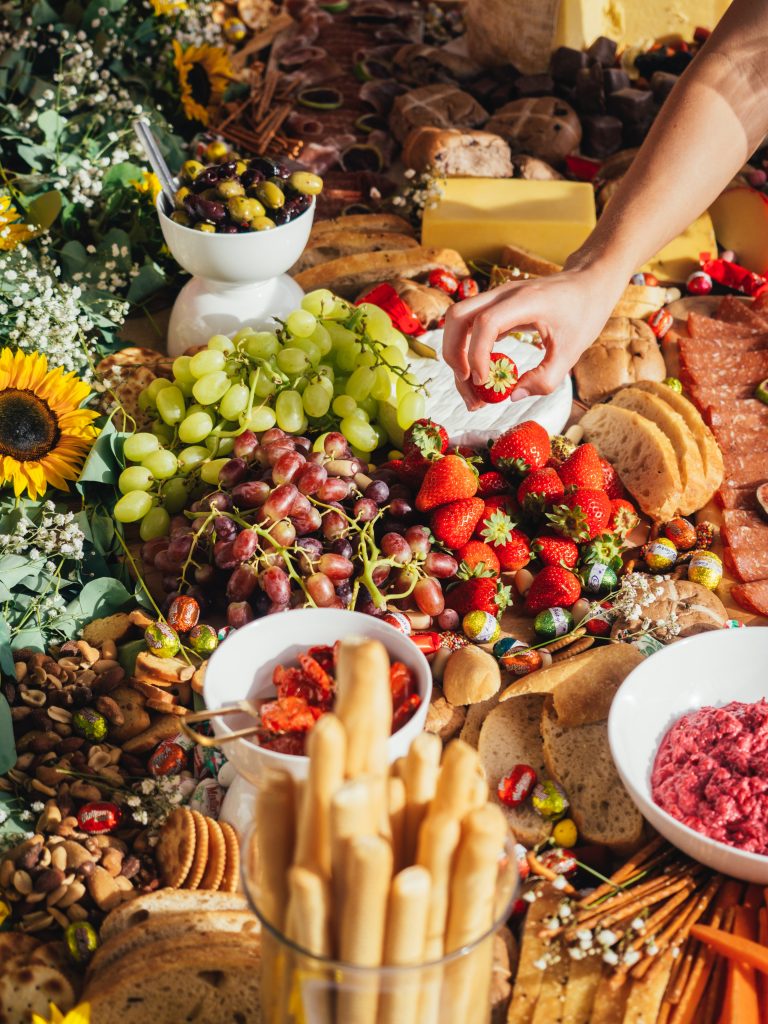
TRENDS WE WANT TO SEE RETIRE
Grazing Tables
Grazing boards are extremely beautiful, but the chances of it being wasteful is very high. When you place your cheeses as an on lay beside your cold cuts, and when it doesn’t get finished, it ends up as waste upon waste. Don’t get us wrong, we love how it is beautifully plated, but big isn’t always better. Micro grazing boards perhaps?
Bone Broth
We love a good bone broth. The age-old soup has been used in cuisines all around the world but issue we have with it is more based on the health benefit claims. Don’t get us wrong, we appreciate a good bone broth, it has the great flavour from the long boil. However, don’t buy into as a fad or just for its health benefits.
Gimmicky Dining
People today are looking for great experiences when it comes to dining, and this can be a double-edged sword. The advantage is when it adds to a dining experience like that of Ultraviolet in Shanghai, but not when its overdone. Theatrics and all is great, but only if the food is as equally entertaining.
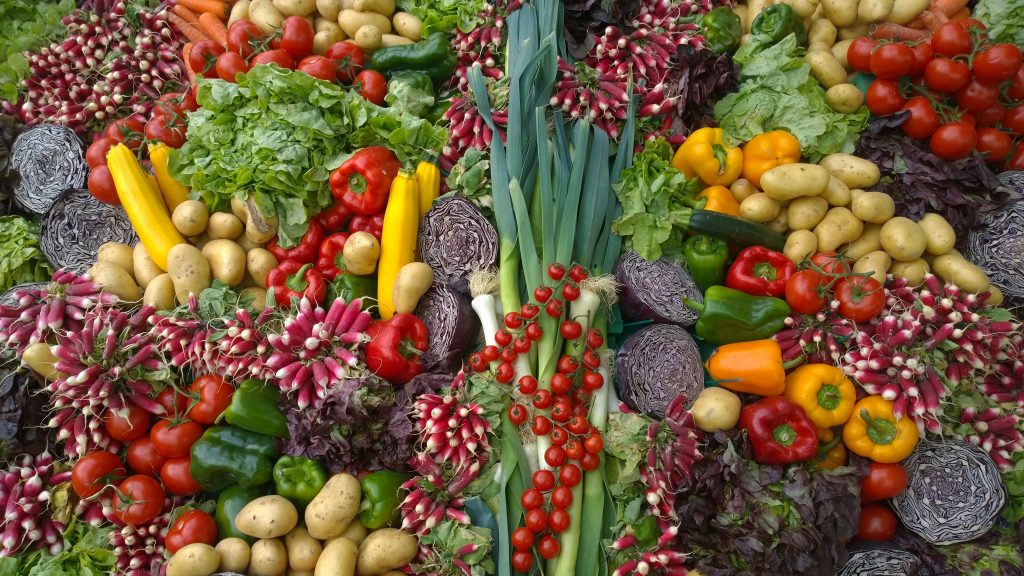
TRENDS ACCORDING TO THE EXPERTS
“We will be going for simplicity and letting the ingredients speak for itself.” — Darren Chin Executive Chef of DC Restaurant, Bref and Café-Bistrot David (Kuala Lumpur, Malaysia).
“For me, I think local ingredients still going strong in Malaysia. I also see healthy options such as kombucha. ‘Everything homemade’ from vinegar, soy, koji marination, fish sauce and garum will be getting popular too”. — Raymond Tham, Executive Chef of Skillet at 163 and Beta KL (Kuala Lumpur, Malaysia).
“For starters trends that focus less on presentation (or rather too much elements on one plate) has gained traction with a lot of restaurants. Australian restaurants are definitely going that way, like Sixpenny, Ester, Poly, Saint Peter etc. Dewakan is also taking a more technical approach. More bold and stark knife skills, techniques, all the old school things matter again. I also feel like the focus on actual flavours and textures of food are back in focus, rather than trying to mask, emulate, or transform the perception of a certain ingredient. This has not just been for this year but for the past couple of years, and rightfully so. Needless to say, there’s a constant search for less mainstream ingredients, locality, focus on origin, DOC, DOP, etc. Either it’s been that way for a while or people are more actively highlighting or promoting this practice. For example, Kikubari uses only cage free eggs, but it’s really not something we feel like we need to make a big deal out of, but somehow, we seem to be known more for our sustainable and ethical practices, which is not the only thing we are about, and admittedly there are a lot more restaurants out there that practice this more deeply than we do.” — Jun Wong, Executive Chef of Kikubari (Kuala Lumpur, Malaysia).
“Back to nature and exploring indigenous and heirloom ingredients. Less imported. Taking inspirations from our own heritage. It’s all about being proud of what we have rather than importing what the industry wants us to think is the best. Grains, meat, chocolate and fruits. Things like coffee and tea is also going to be a big focus. Single origin chocolate and peppercorn. Sturgeon from Tanjung Malim. Chicken from Broga Hill. Our own artisanal pork bacon, ham, sausages and other charcuterie. I am doing it for our new restaurant opening in May, mid-range and totally pork driven.” — James Won, Executive Chef of Enfin by James Won (Kuala Lumpur, Malaysia).
“Definitely simplicity. Is the only trend that I follow and feel is really taking place. Besides that also no waste and more vegetarian dishes.” — Mirko Febbrile, Head Chef of Braci (Singapore).
“I see fermented foods and kombucha becoming hot in Singapore.” — Kenneth Goh, Associate Digital Editor of Michelin Guide Singapore (Singapore).
“In Manila, real beef and meat is back with a vengeance. So, many steak places are opening this year. Last year it was all about beyond meat. Ube will be used worldwide. Bitter notes they say will be also be popular. Trends are going for less sugar as well.” — Cyrene De La Rosa, Food and Drink Journalist at ABS-CBN (Manila, Philippines).
“There’s been a lot of new pizza places that have opened up recently. That’s one thing that comes to mind.” — Daniel Haddad, Food and Travel Instagrammer (@Danielhungryhk) and Food Blogger at Hungry Hong Kong (Hong Kong)
“The trends here are definitely looking favourably to the growing casual dining, and fast growth trendy styled food such as Bubble Tea (Boba) and Malatang. The fine dining industry is slowly tapering off here in Australia due to high rent and labour costs, and that’s definitely sad to see.” — I Hua, World’s 50 Best TasteHunter (@Msihua) and Food Blogger at Ms I-Hua & The Boy (Melbourne, Australia)
This is into relation to the biggest trend that I’m seeing in the industry. It comes from the use of mixed media to fully immerse patrons for a complete experience. Restaurants like Ultraviolet in Shanghai I believe started this experience but it is gaining more ground throughout the world. Experiences from the likes of Gaggan with his music cantered dishes and restaurants such as the newly founded Alchemist, or the classic Fat Duck give diners a one of a kind meal. It’s becoming more and more popular especially with the technology becoming less and less expensive, as far as food trends go I have a list I’ve been recognising incoming. There is a lot of underwhelming dishes served in just the right lighting, sound and gimmick to give off a great time but at the end of the day the food is absolutely sad on its own. It’s a trend that is only going to get bigger because it’s becoming very cheap to pull off. They know that diners want something special to remember them by, even if the food and tricks with nitrogen isn’t enough. I’m not so much a fan. If the food is amazing and the light and sounds are added, then I’m ok. It’s starting to be the entertainment first and food an afterthought in the minds of some restaurants though which is sad. — Matthew Bradley, World’s 50 Best TasteHunter (@Sophisticatedfoodie) and Managing Editor of Gourmet Artistry (Michigan, United States).
So there you have it, some trends we think will take place in 2020 and somewhat 2022. With more and more people being educated about eating, we have a collective responsibility to eat well. Let’s see how the year unfolds.
For our biannual food trends articles, see Food Trends.